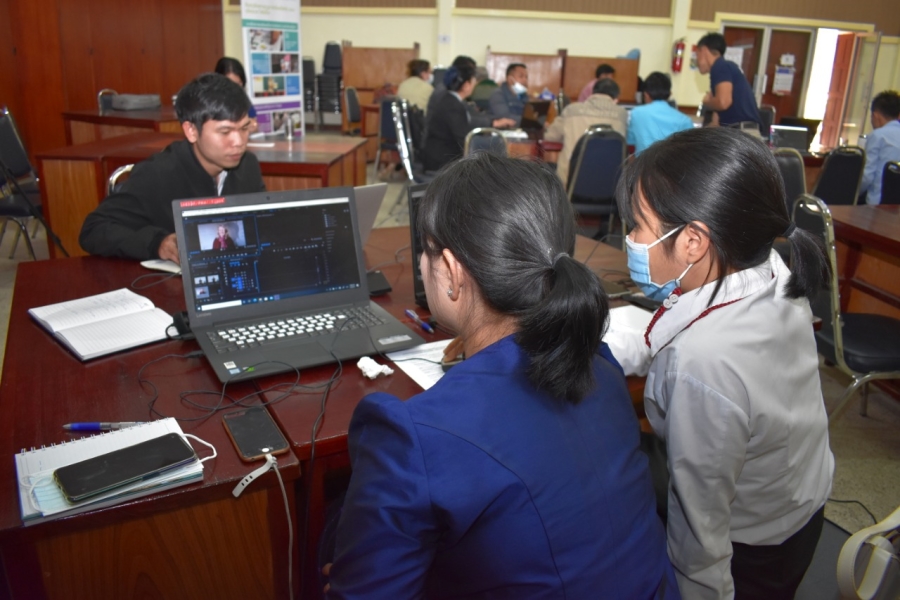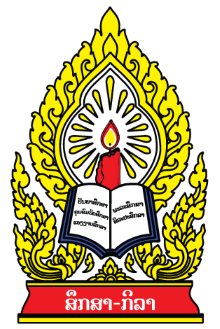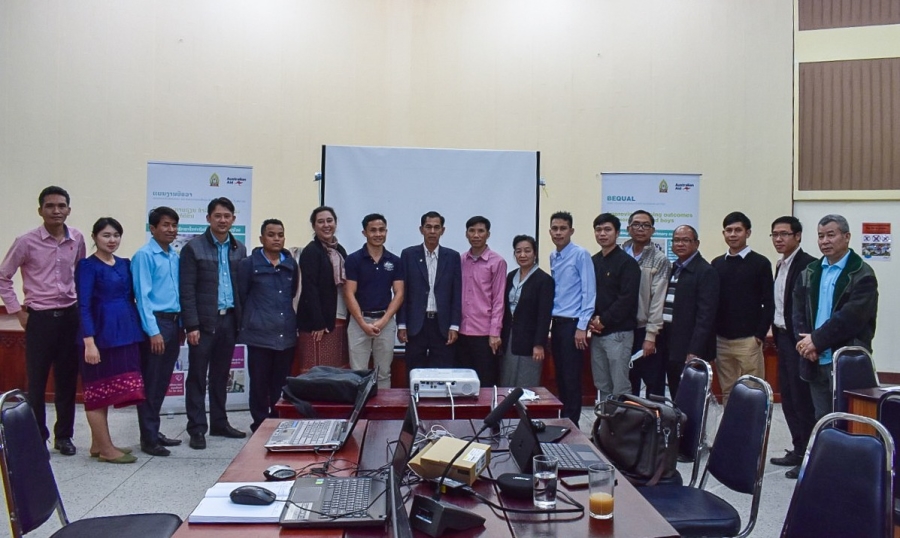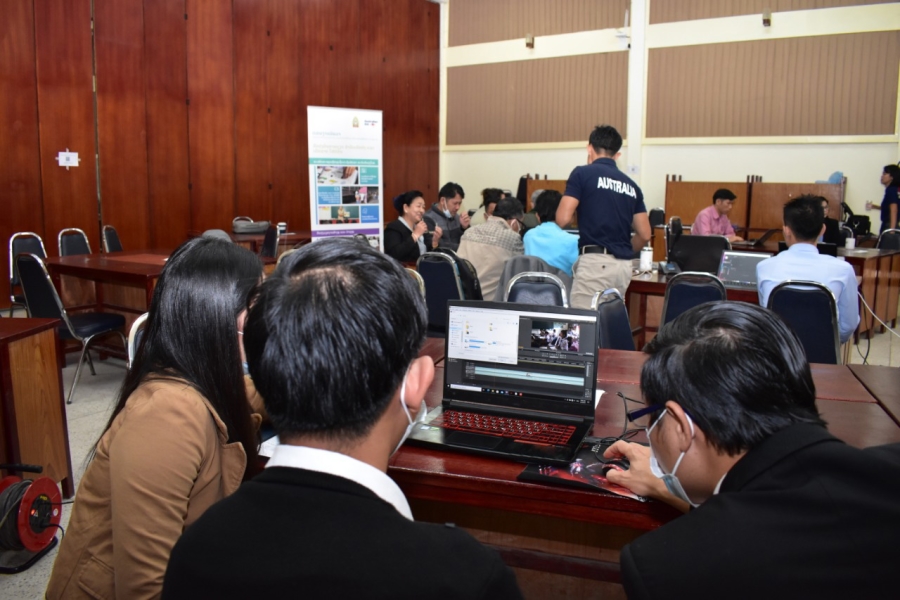Future teacher development videos to train teachers on the new improved primary curriculum and the new pedagogical approach will be dubbed in Sign Language
Australia, with the support of the Basic Education Quality and Access in Lao PDR (BEQUAL) program organized a half-day technical training for 17 staff from the E-Learning Center, the Information Media Center and the Literacy Development Section of the Research Institute for Educational Sciences (RIES), Ministry of Education and Sports.
The training was opened by Mr. Chanthala Philomlasack, Deputy Director of E-Learning Center, RIES. “I would like to thank the Australian Embassy for supporting us improving our technical skills to create more inclusive curriculum and training materials. Under the 9th Education and Sports Sector Development Plan, MoES has committed to decreasing disparities that arise from disadvantage, including disability. One aspect of that is making our video materials accessible to people with hearing impairment.”

Ms Bounmy Souvannalath, Senior Program Officer Education, Australian Embassy welcomed the trainees “Disability inclusive development is a continuing priority for the Australian Government. The Australian Embassy is happy to share its experience to make communication more inclusive. Our first training today will be on how to include Sign Language in education and teacher training videos. Australian Embassy, through BEQUAL, will continue to support MOES E-learning and media teams with editing and filming training videos to ensure we reach more people and audiences, especially people with disability.”
The participants learned different techniques to prepare, film, edit and finalize a video that includes Sign Language dubbing. They had time to practice their new skills with a hands-on exercise with a recent video on the completion of Ethnic Teacher Scholarship program.
80% of the participants recognized that they didn’t know that videos could be dubbed in Sign Language and only 60% knew of the existence of a specific Lao Sign Language. At the end of the training, participants were unanimous in their will to learn more and their intention to use what they have learnt in their future videos. “We are now producing a new series of 10 training videos for the teachers; we planned to include Sign Language dubbing, but we didn’t know how to do it. We had many technical questions like how and when during the production process we should film the Sign Language interpreter to ensure it will align with the content of the video. Mr. Khounkham Douangphachone from the Australian Embassy gave us many answers” said a technical staff from the E-Learning team in charge of the production of the Teacher Development Videos.
“We should include Sign Language dubbing in the education news so that people with hearing impairment can have access to them” said one trainee from the Information Media Center. “We would also benefit from more training on how to produce education TV spots for children with disability” added another.




 ພາສາລາວ
ພາສາລາວ


